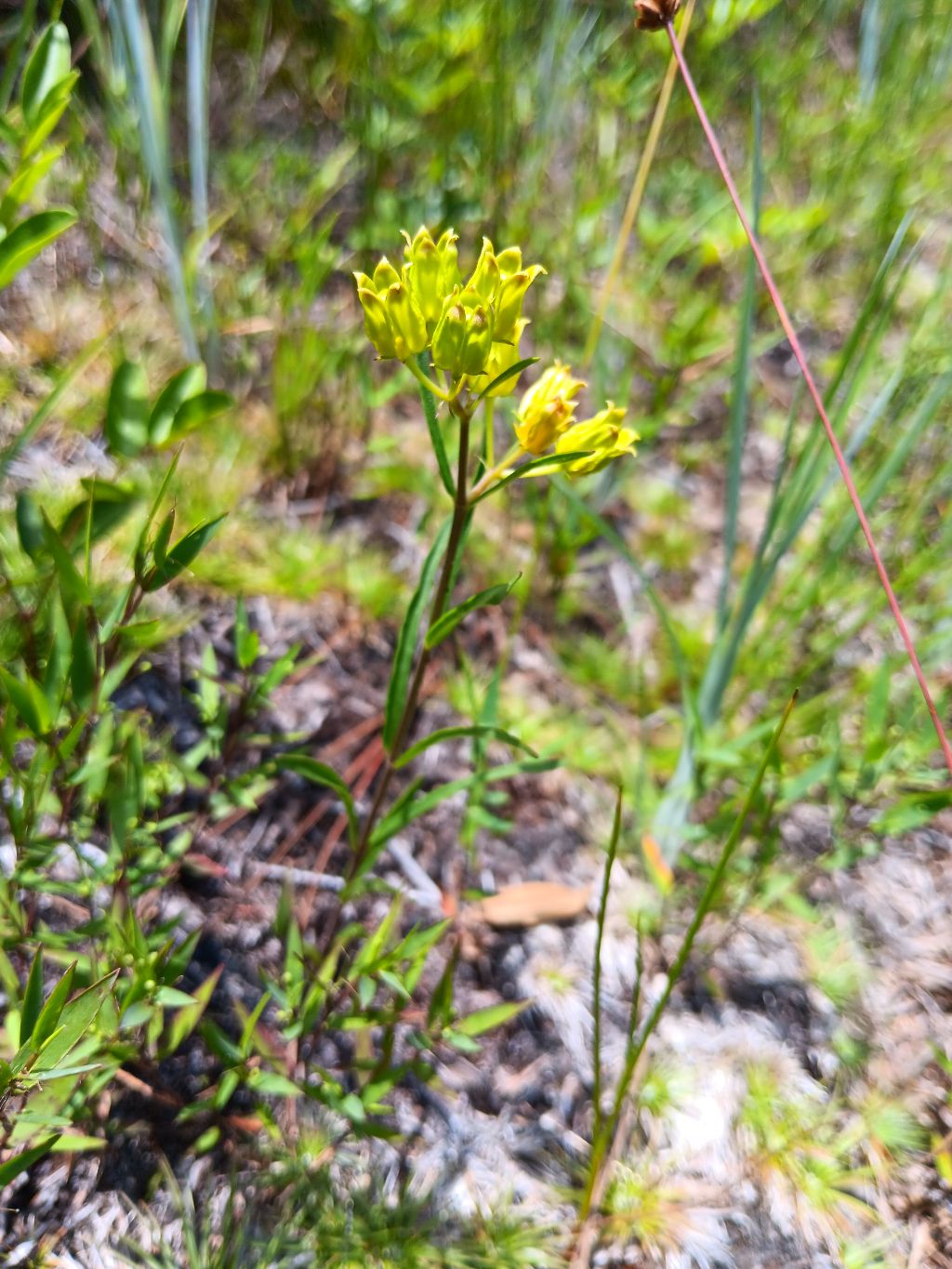Botanical Description
Savannah Milkweed is a perennial herb that grows to a height of 1 to 2 feet. The leaves are narrow, linear, and arranged oppositely along the stem. The flowers are pale green and occur in umbel-like clusters. The fruit is a follicle that releases numerous seeds, each equipped with a tuft of hairs that aids in wind dispersal[^1^].
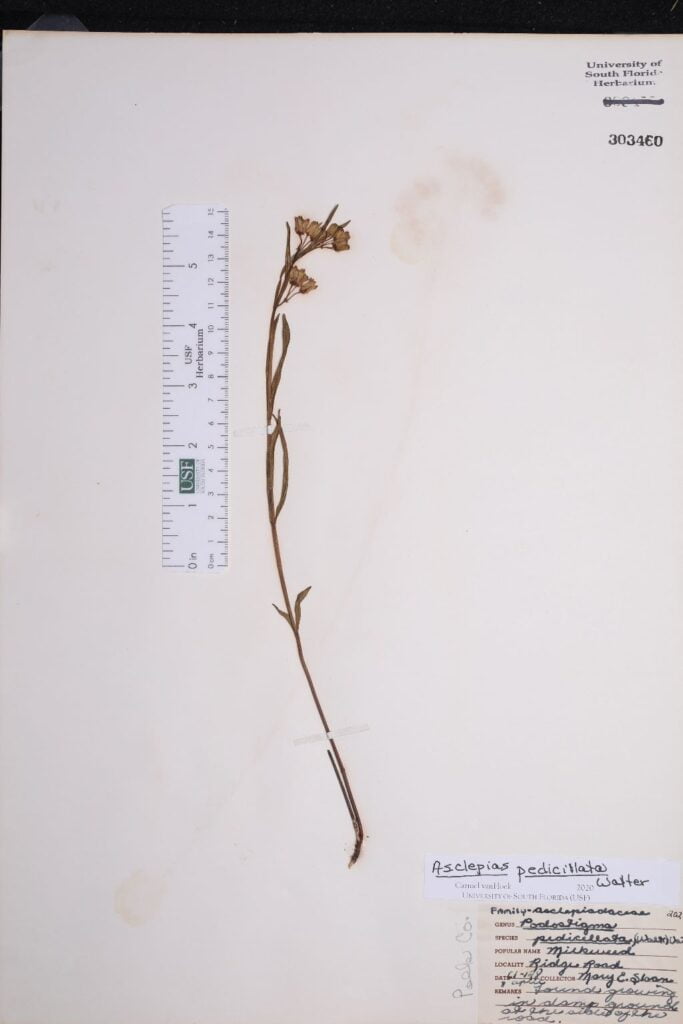
Taxonomic History
Asclepias pedicellata belongs to the family Apocynaceae and the genus Asclepias, which includes over 200 species. The specific epithet “pedicellata” refers to the stalked (pedicellate) flowers of the plant[^2^].
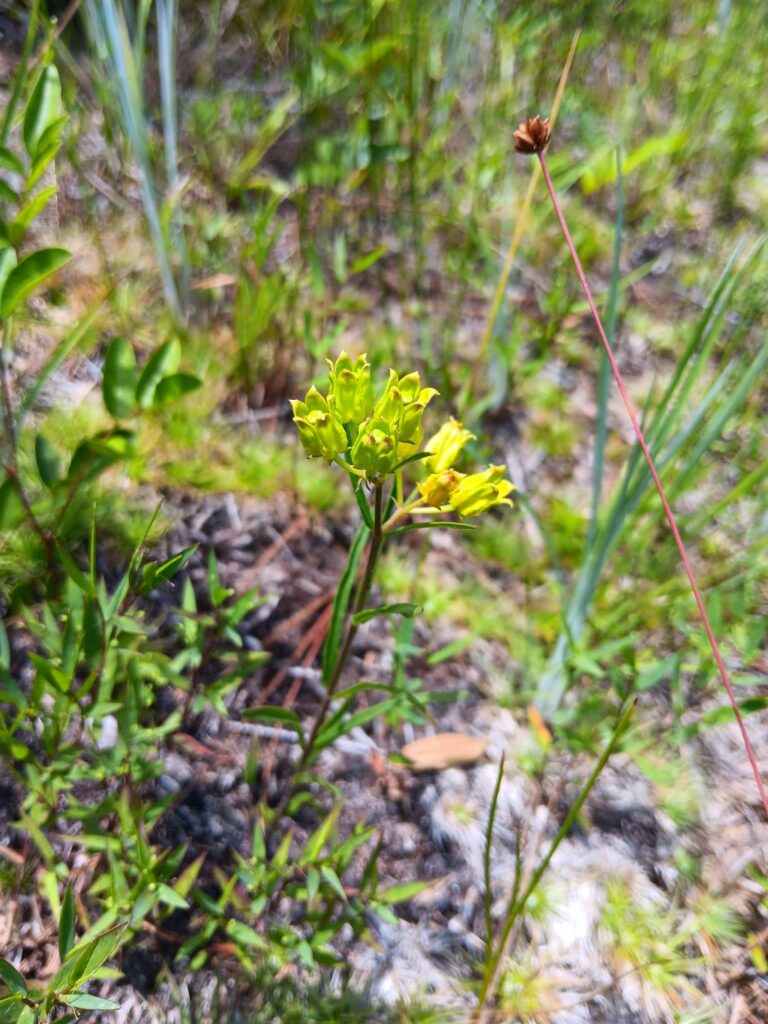
Ecology and Habitat
Savannah Milkweed is adapted to open habitats such as savannas, prairies, and meadows, where it thrives in well-drained, sandy or rocky soils[^1^]. The plant’s nectar attracts various pollinators, including bees and butterflies.
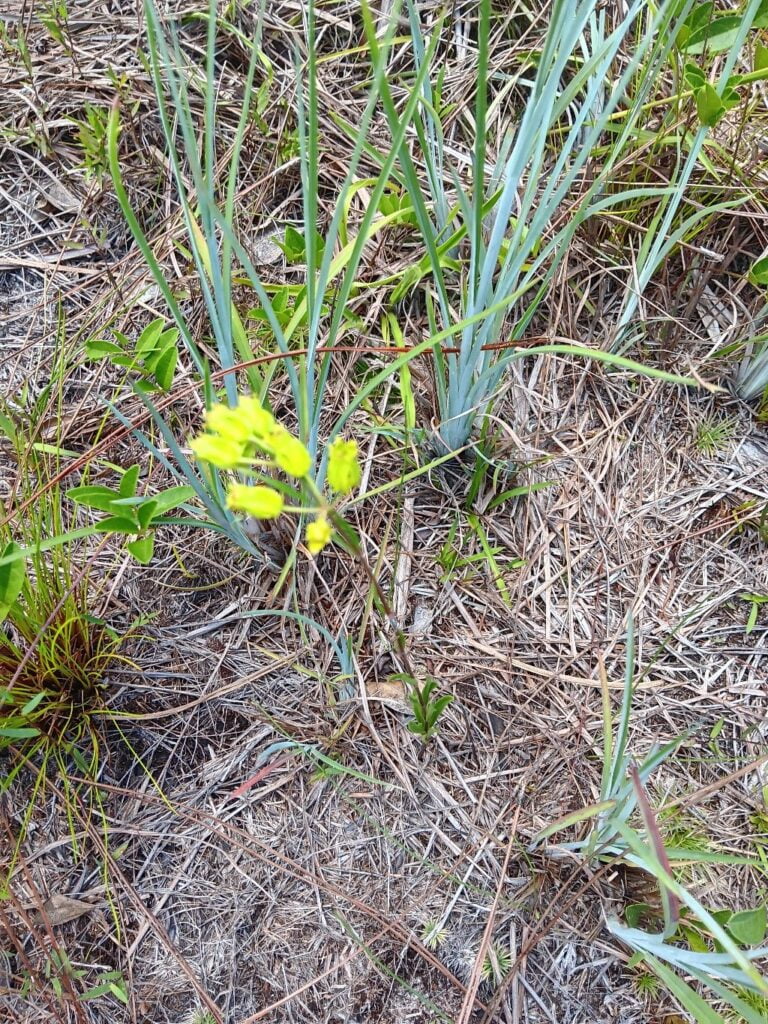
savannah.
Native Range
Savannah Milkweed’s native range spans several states in the southeastern United States, including Florida, Georgia, Alabama, South Carolina, North Carolina, and Virginia[^3^].
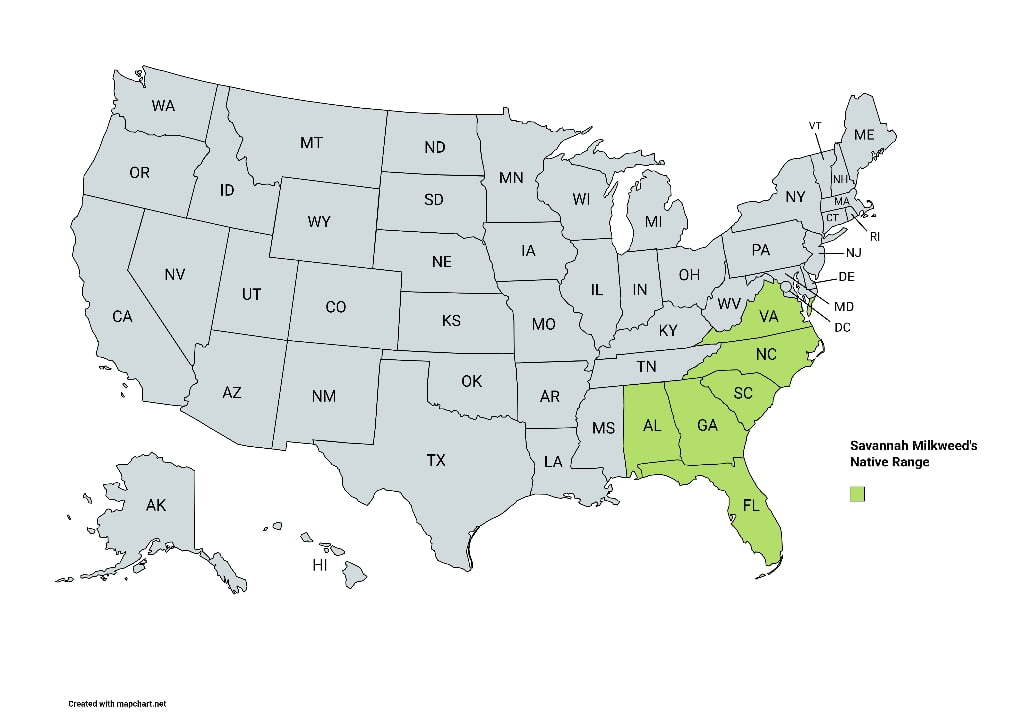
Function as a Larval Host Plant
Similar to other Milkweed species, Asclepias pedicellata serves as a larval host plant for Monarch butterflies (Danaus plexippus). Monarch caterpillars exclusively feed on Milkweed leaves, ingesting toxins that make them unpalatable to predators[^4^].
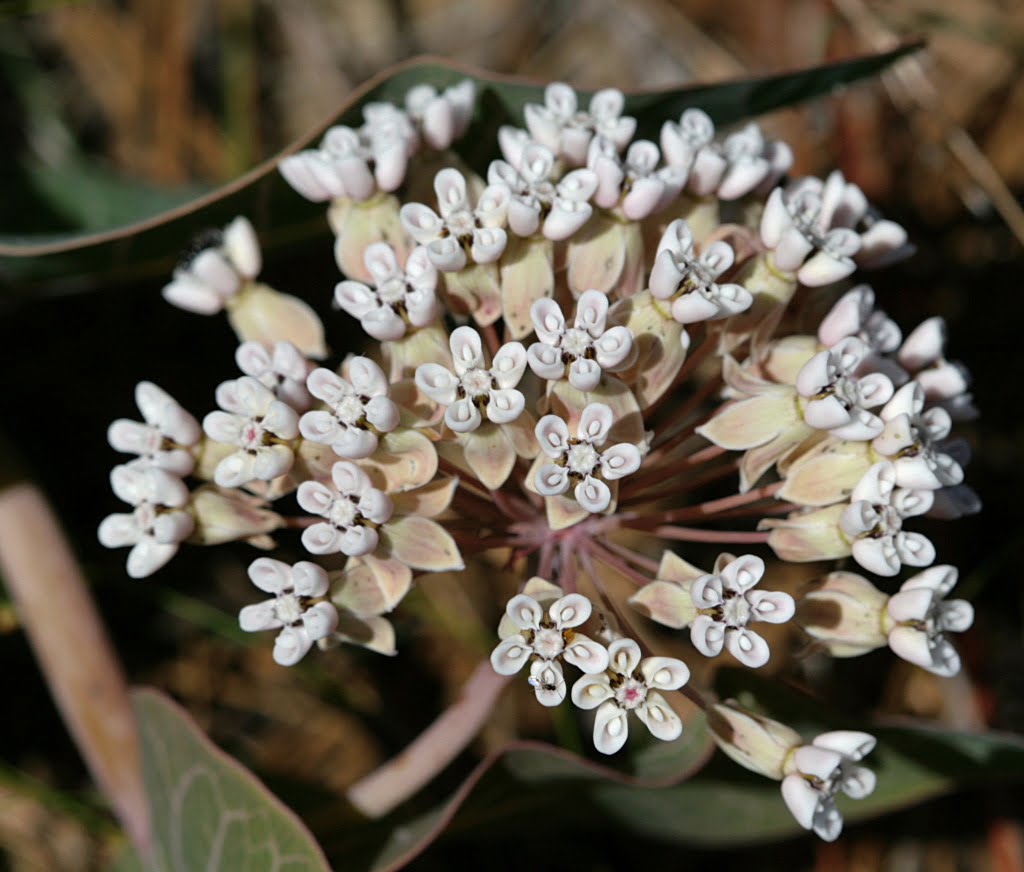
20 Florida-Native Sandhill Milkweed Seeds Ascslepias Humistrata Pinewood Milkweed
With Johnny Butterflyseed’s Sandhill Milkweed seeds, you’re not just planting flowers; you’re cultivating a living mosaic of nature’s marvels. Florida Native.
Conservation Status and Reasons
Savannah Milkweed is considered vulnerable or rare in parts of its range. Factors contributing to its conservation concern include habitat loss due to urban development, agricultural expansion, and suppression of natural fire regimes that maintain open habitat. In some areas, targeted conservation efforts may be required to ensure the plant’s survival[^5^].
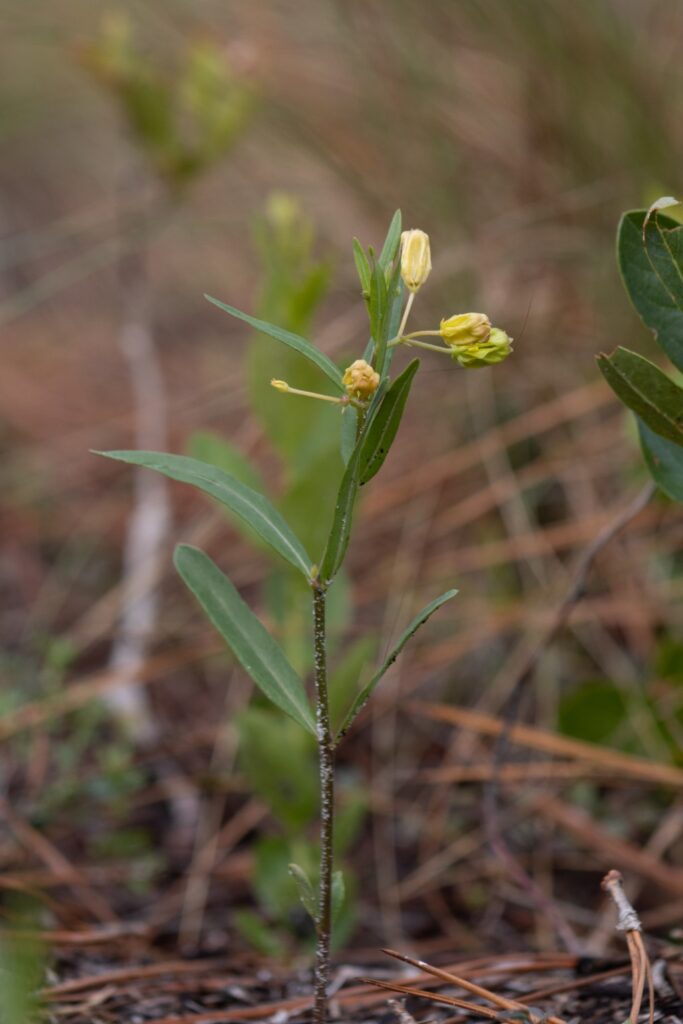
Conclusion
Savannah Milkweed (Asclepias pedicellata) is an essential component of the southeastern United States’ natural heritage. As a host plant for Monarch butterflies and a unique botanical species, its conservation is vital for maintaining ecological balance and diversity. Continued research and conservation efforts are required to protect this valuable species and the ecosystems it supports.

References
[^1^]: USDA Plants Database. “Asclepias pedicellata.” [link](https://plants.usda.gov/core/profile?symbol=ASPE4).
[^2^]: Flora of North America. “Asclepias pedicellata.” [link](http://www.efloras.org/florataxon.aspx?flora_id=1&taxon_id=250066482).
[^3^]: Weakley, A.S. (2015). “Flora of the Southern and Mid-Atlantic States.” UNC Herbarium, North Carolina Botanical Garden, University of North Carolina at Chapel Hill.
[^4^]: Oberhauser, K., et al. (2015). “Monarchs in a Changing World: Biology and Conservation of an Iconic Butterfly.” Cornell University Press.
[^5^]: NatureServe Explorer. “Asclepias pedicellata – Savannah Milkweed.” [link](https://explorer.natureserve.org/Taxon/ELEMENT_GLOBAL.2.157357/Asclepias_pedicellata).
